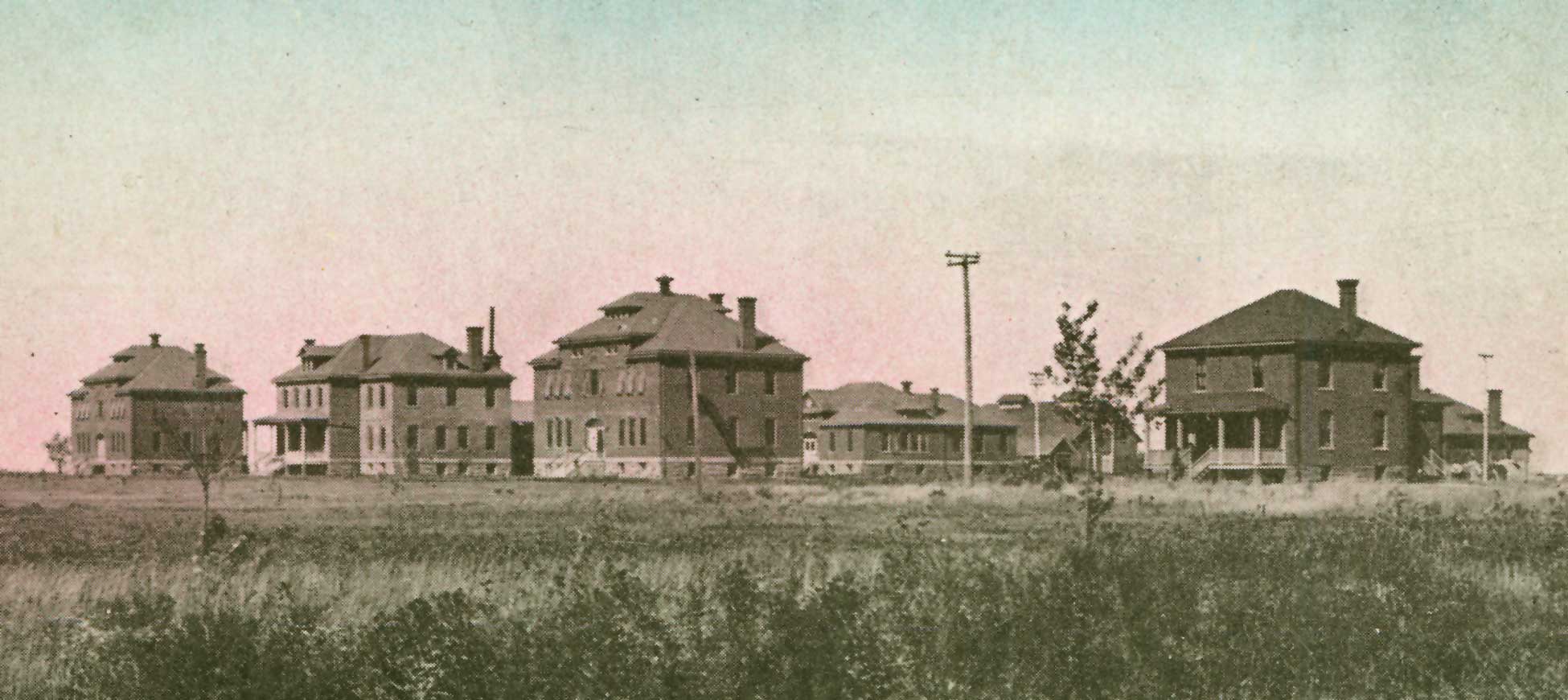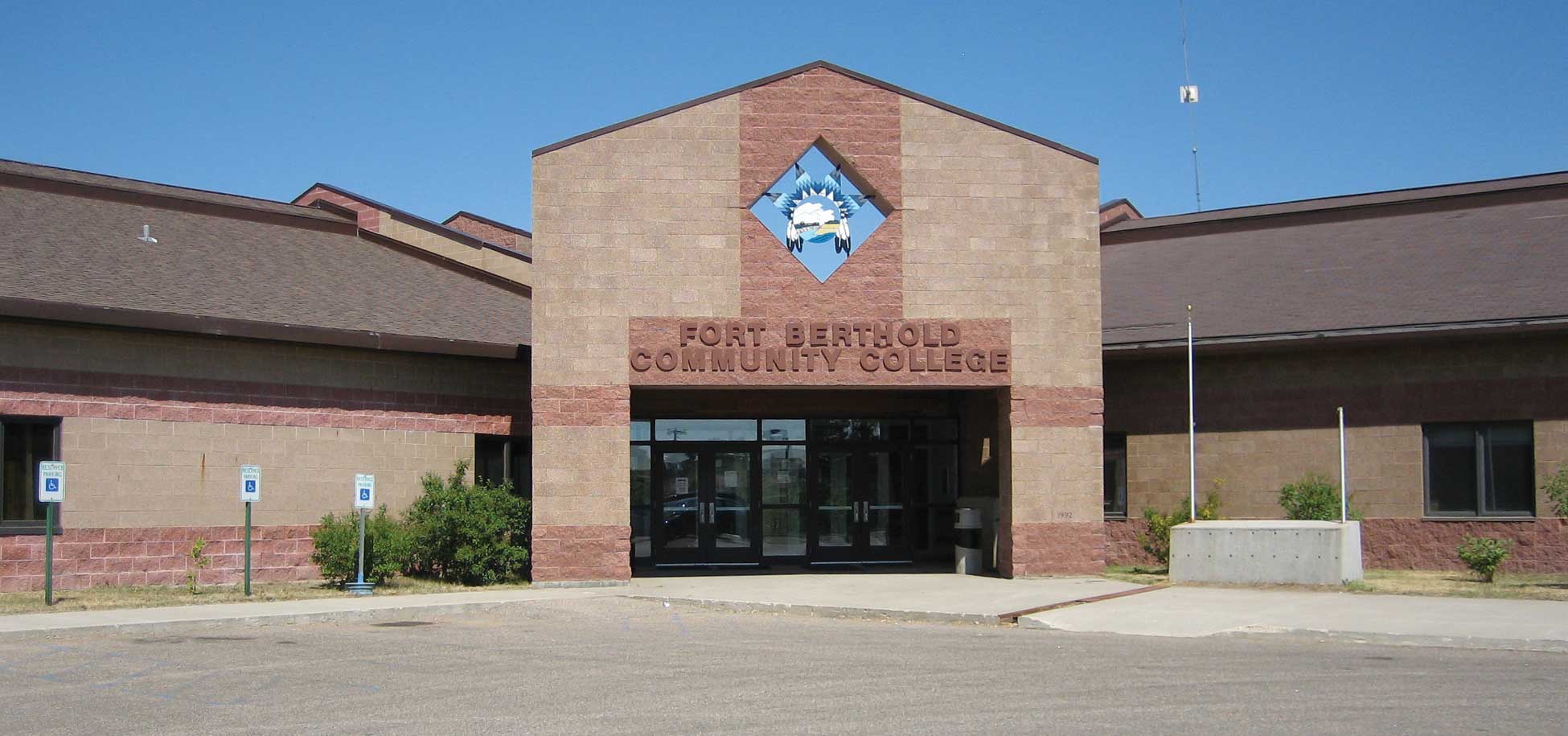Each tribe had its own language. Sometimes people would need to communicate with persons from other tribes such as when they were trading. If a translator who spoke both languages was not available, sign language was used. Some of the hand signals were used so much that they were understood by all of the tribes who were trading with each other.
When the Mandan and Hidatsa people started a village together in 1825, after the smallpox epidemic, they each had their own culture and language. So each tribe lived in its own section of the village. The Mandan, Hidatsa, and Arikara people all kept their own languages, even after they joined together as a nation and were called the Three Affiliated Tribes.
Children were educated by their parents, grandparents, and other members of their extended families. Teaching was done mainly by example, and children learned all they needed to know in order to carry out the responsibilities of adulthood.
In the 1800s, the U.S. government confined Indian tribes to reservations. Once the bison were gone, the Indians needed to be provided with food. The government began supplying rations to Indians on reservations, but the people had to follow certain rules in order to receive their rations.

Figure 66. The Wahpeton Indian School was established by the U.S. government in 1904. This boarding school educated Indian children from North Dakota, northern Minnesota, and northern South Dakota. (SHSND 0239-115)
Government officials wanted to break down the Indian culture and blend Indians into white society. To help this process, parents were encouraged to send the children to school. There were schools on reservations and there were schools in far-away cities. Sometimes children were forced to go to distant boarding schools. Families whose children did not go away to these schools would receive no rations, while families who did send their children would receive extra rations.
Many parents hoped that their children would be better off in a far-away school than they would be at home. Some children spent several years at boarding school. The children then spent the school year at a boarding school• School that includes housing
• Indian children on reservations were once sent to these schools and in the summer they went back to their families on the reservation.
At school children were expected to learn Euro-American cultural ways. They wore uniforms including shoes. They were not allowed to speak their tribal language. They could speak only English. Children were punished if they spoke their tribal language, even to each other.
After many years of boarding schools, government agencies finally realized that this was not the best system of education for Indians, and the boarding schools were closed. Today, children who live on reservations are educated in schools located on the reservations. Children are now encouraged to learn their traditional languages along with other cultural traditions. All four of North Dakota’s reservations also have colleges.

Figure 67. Fort Berthold Community College is located in New Town, North Dakota. It was founded in 1973 and enrolls about 300 students. It is one of five tribal colleges in North Dakota. (Neil Howe)


